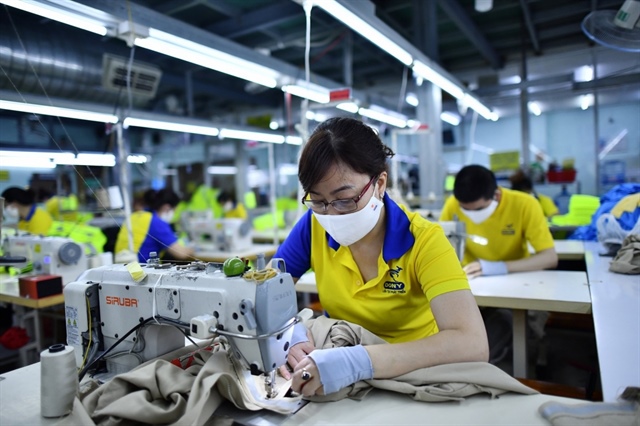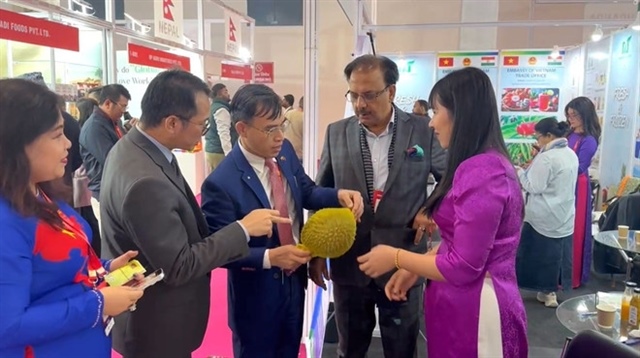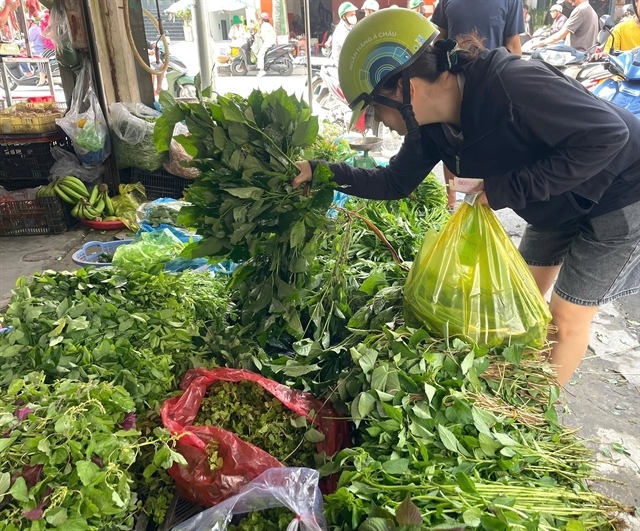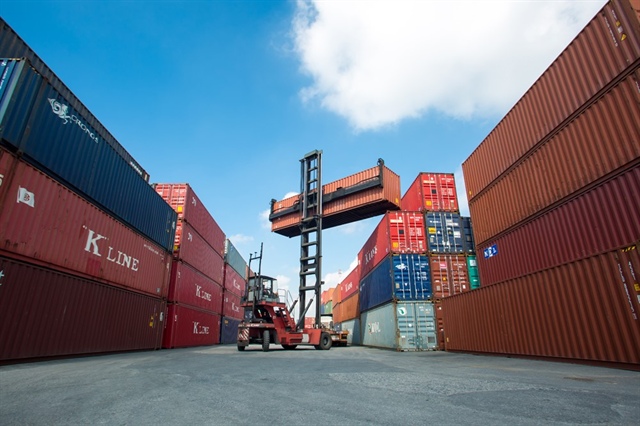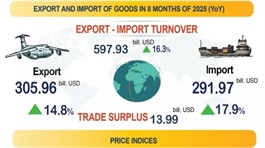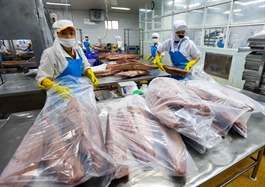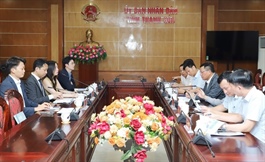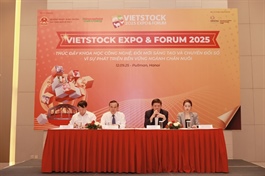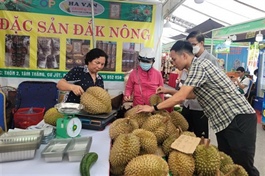Garment and textile firms eye exports and domestic market for growth
Garment and textile firms eye exports and domestic market for growth
Amid global uncertainties, garment and textile firms are exploring new growth avenues – expanding export markets while also turning their focus inward to reclaim the domestic market through branding and green supply chains.
Talking to VIR, Pham Xuan Hong, chairman of Ho Chi Minh City Association of Garment Textile Embroidery-Knitting (AGTEK), noted that Vietnamese businesses still maintain a competitive edge thanks to product quality, delivery reliability, and a stable business environment. However, rising costs and a shortage of skilled labour in yarn production and design are major challenges.
“Beyond tariff barriers, the sector is facing increased risks of trade fraud investigations and safeguard measures from major markets. This compels firms to raise localisation rates, strictly comply with rules of origin, and fully leverage preferential terms under Free Trade Agreements (FTAs), particularly those with the EU, Japan, and Australia,” he said.
As the year-end approaches with anticipated market volatility, businesses are prioritising order retention, workforce stability, and proactive upgrades in equipment and production lines to meet evolving international standards. The domestic market, long considered a 'backyard', is now emerging as a promising frontier.
|
Nguyen Thi Tuyet Mai, deputy secretary general of Vietnam Textile and Apparel Association (VITAS), reported that Vietnam’s domestic textile apparel sales exceeded $5 billion in 2024, growing 8–10 per cent annually from 2018 to 2023.
“A new consumer segment with higher incomes is reshaping demand structures by prioritising sustainability. Today’s consumers don’t just compare prices – they care about material origins and production processes. This is an advantage Vietnamese businesses can capitalise on, given their deep understanding of local culture and preferences,” she noted.
The domestic landscape, however, is also fiercely competitive. Low-cost products continue to dominate online platforms, while imported high-end items hold sway in premium segments.
This presents a steep challenge for local brands aiming to reclaim market share at home.
Given the current climate, Hong from AGTEK emphasised that renegotiating export contracts to share cost burdens with partners is a necessary first step to preserve orders. Additionally, firms must increase localisation rates, adhere rigorously to origin regulations, and leverage FTA tax incentives to broaden their market reach.
“We must transition from a pure outsourcing model to developing our own products, targeting high-end and niche markets, and simultaneously accelerate automation to boost productivity and reduce long-term costs,” he stressed.
Many firms are already shifting direction. Nguyen Tran Thien Thanh, director of Thien Thanh Binh Co., Ltd. Based in Ho Chi Minh City, shared VIR that by the end of the third quarter (Q3), the company’s order placement faces a pause. In Q4, orders are arriving more slowly due to tariff pressures.
To adapt, Thien Thanh Binh has diversified its market presence into Japan, Taiwan, and the EU.
Simultaneously, the company is sourcing domestically to increase localisation and developing a roadmap for environmental, social, and governance policies, ensuring supply chain transparency and compliance with origin rules to enhance competitiveness in potential markets.
“Domestic raw material supply remains insufficient. The auxiliary manufacturing sector is small, with limited orders and high capital recovery risks, discouraging investment. We hope to see broader access to manufacturing machinery and tools, so that even the smallest production steps can be localised,” said Thanh.
In the domestic market, Mai from VITAS believes that winning back local consumers requires a complete mindset shift.
“We cannot continue with just contract manufacturing. Businesses must control their own brands, invest in design, and position their products strategically. E-commerce and social media should serve as strategic pillars – not just sales channels,” she noted.
She added,“Understanding Vietnamese consumer preferences and the growing ‘Vietnamese use Vietnamese products’ movement can be powerful if leveraged wisely. Still, intense price competition online from low-cost imports is putting local brands under significant pressure. Therefore, the government should establish specific exhibition and promotion centres for domestic textile products – to enhance national brand identity and connect local businesses with foreign partners and investors.”
According to the latest data from National Statistics Office under Ministry of Finance, Vietnam’s garments and textiles sector posted over $26.4 billion in total export value in the first eight months of 2025, an increase of $2.1 billion or 10.8 per cent on-year.
- 11:40 15/09/2025


